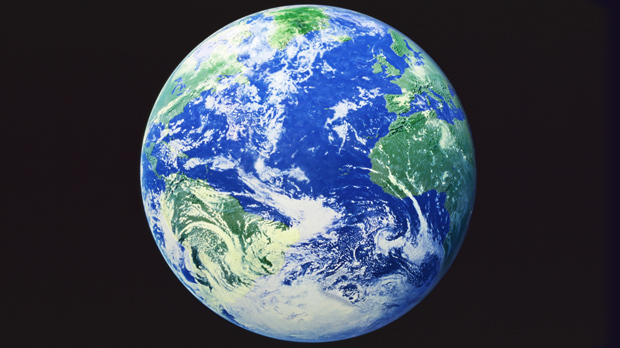How the Japan quake moved the earth on its axis
Experts have said the force of the earthquake in Japan shifted the earth’s axis by 25 centimetres and shortened the day by 1.8 microseconds – but what does this mean?

Italy’s National Institute of Geophysics and Volcanology has calculated that the earth’s axis moved by a quarter of a metre as a result of the devastating 8.9 magnitude earthquake in Japan, the largest ever recorded in the country.
The US Geological Survey said the main island of Japan had moved 2.4 metres as a result of the quake. It also said hundreds of aftershocks have hit Japan since the main quake, at least two dozen of which have topped magnitude 6, the size of the Christchurch earthquake.
The earthquake, which has had an appalling impact in Japan after causing a huge tsunami, is the fifth most powerful to hit the world in the past century.
It surpassed Japan’s biggest previous tremor, the Great Kanto Quake of 1923, which had a magnitude of 7.9 and killed more than 140,000 people in the Tokyo area.
Channel 4 News special report - Japan: tsunami to nuclear crisis
It has also shortened the length of a day on earth by around 1.8 microseconds. To put that into context, one earth day is 24 hours, or 86,400 seconds long.
The length of days varies by around 1 millisecond a year naturally – 1,000 microseconds – and this isn’t the first time an earthquake has had an impact on time in this way. Last year’s earthquake in Chile, which had an 8.8 magnitude, also sped up the earth’s rotation and shaved 1.26 microseconds off the day.